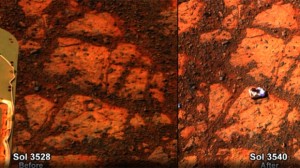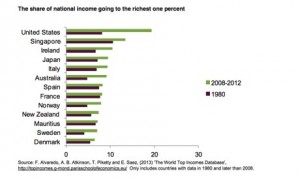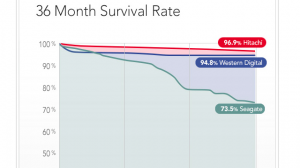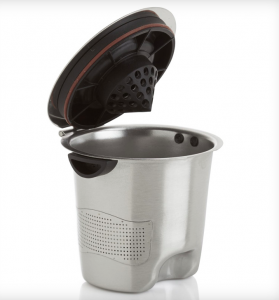 I’ve been following the story of the mystery rock on Mars with some interest. The aging rover Opportunity photographed the same area twelve days apart, and found that a new rock had appeared. It’s being compared to a jelly doughnut due to its size and dark center. So where did it come from? Possibly an meteorite impact, or (more likely) one of the rover’s wheels kicking it up out of place.
I’ve been following the story of the mystery rock on Mars with some interest. The aging rover Opportunity photographed the same area twelve days apart, and found that a new rock had appeared. It’s being compared to a jelly doughnut due to its size and dark center. So where did it come from? Possibly an meteorite impact, or (more likely) one of the rover’s wheels kicking it up out of place.
The appearance of the rock isn’t the only interesting thing about this though. For starters, it’s flipped upside down, exposing a side of the rock that the rover would otherwise never see. Further analysis has revealed even more surprises – the composition of this rock is unlike anything found on Mars so far. The darker center portion of the rock is high in sulfur, very high in magnesium, and has a lot more manganese than you’d expect, too.
No one knows what any of this means, but it’s pretty cool that a ten year old rover, originally expected to last three months, is still helping us learn more about the red planet.
Read more here.






 If you love the convenience of Keurig K-cups, but recognize the wastefulness of these, then you might want to check out refillable K-cups like this Ekobrew. The stainless steel construction should help it last a long time, and you can fill it with any of your favorite ground coffees. It can be
If you love the convenience of Keurig K-cups, but recognize the wastefulness of these, then you might want to check out refillable K-cups like this Ekobrew. The stainless steel construction should help it last a long time, and you can fill it with any of your favorite ground coffees. It can be